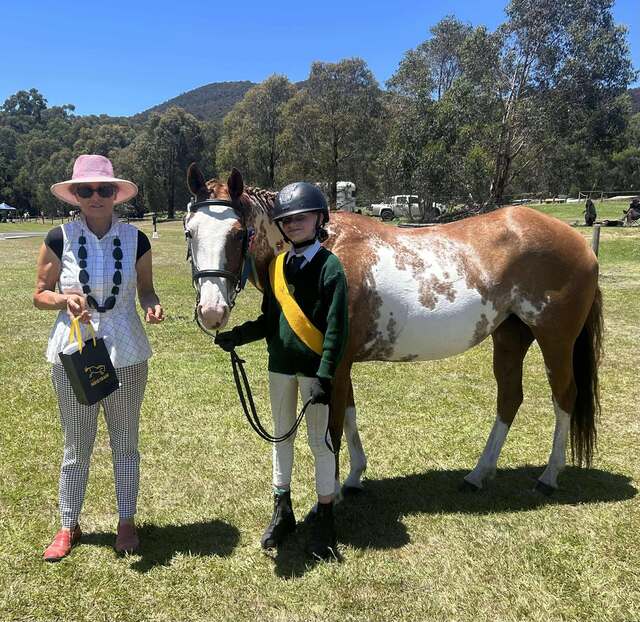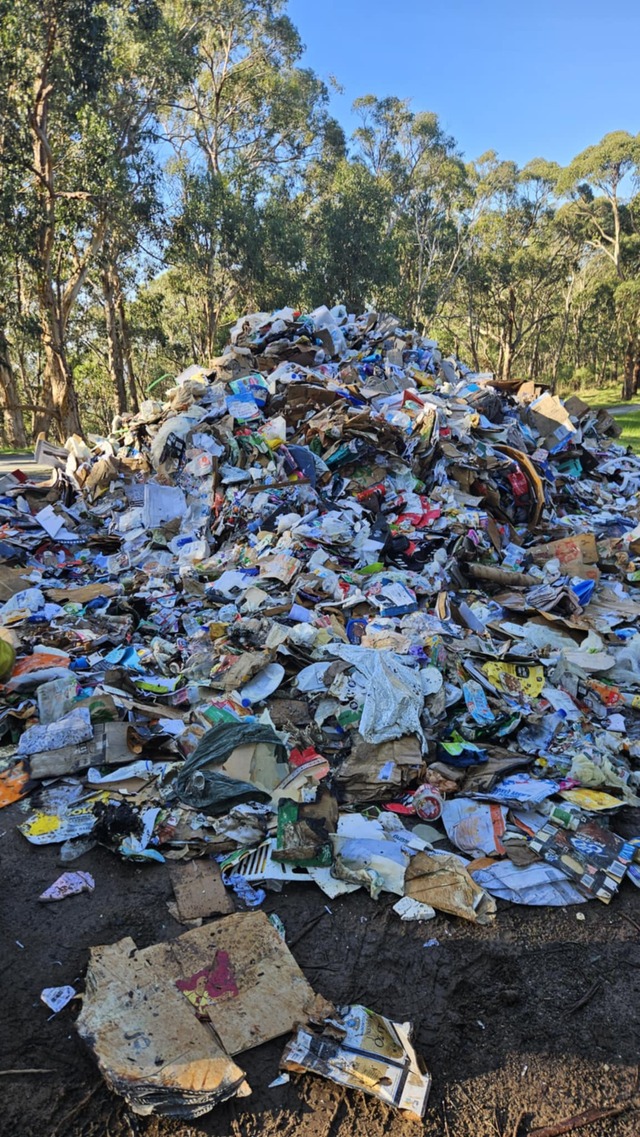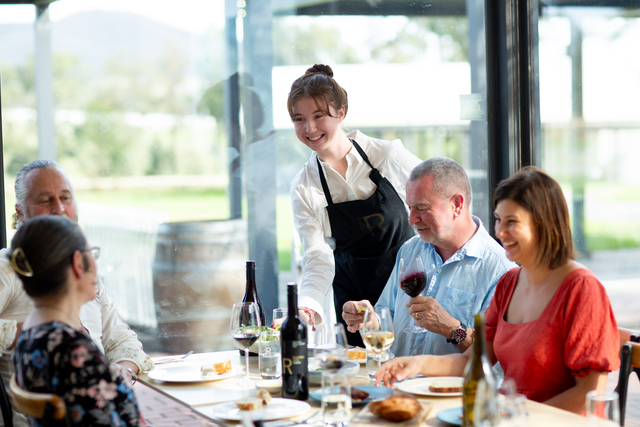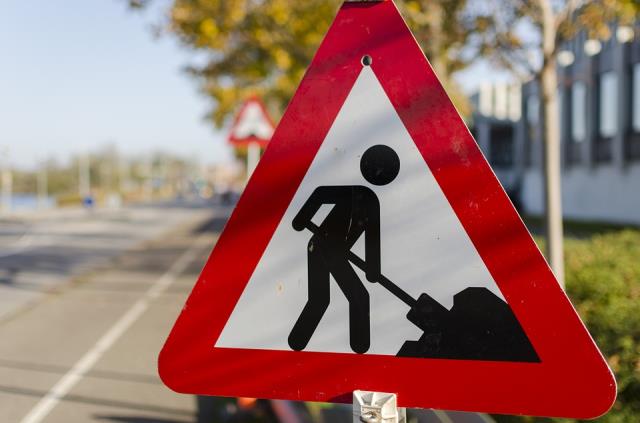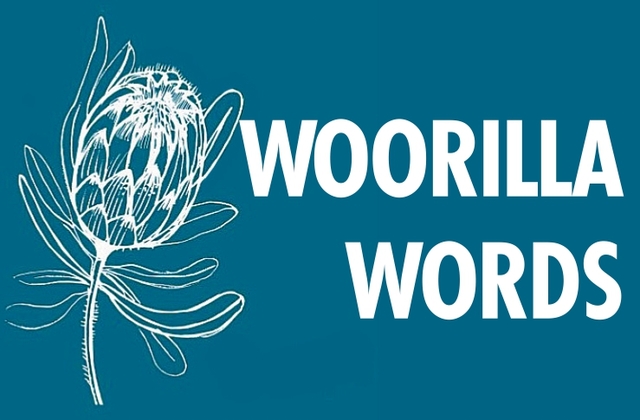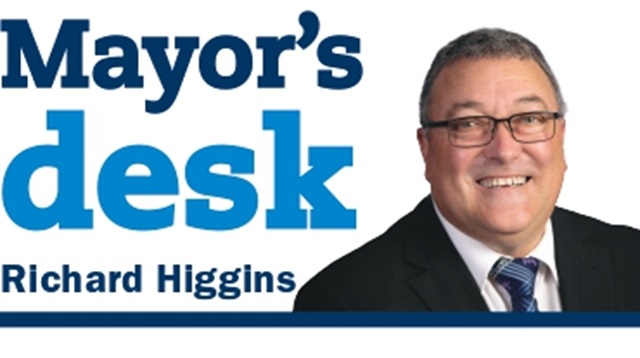Spring Grass:
Horses evolved as free-ranging grazing animals, meaning constant access to good quality long stem roughage (hay/grass) is fundamentally important to a horse’s diet.
However, not all horses can have free access to pasture especially during spring.
Spring provides the most ideal conditions for new grass growth, providing consistent sunlight and rainfall.
All green plants are autotrophs, meaning that grass uses the process of photosynthesis to create energy from water and sunlight in the form of glucose (sugar).
Therefore, sunny days are ideal for producing sugar and NSC (None-Structural Carbohydrates) content increases.
During the night grass utilises its own energy to grow which lowers sugar/NSC content.
Frosty nights stress the grass which causes water/sugar retention for survival.
Grazing during the daylight or frost causes the horse/pony to have a spike in sugar/NSC intake.
This can be particularly harmful for horses/ponies with EMS, laminitis, cushings or even encouraging fizzy/hot behaviour.
Spring Pasture Management:
We must prepare our pastures for our horses/ponies that are at risk to the spring flush or have sensitivities to high sugar intake.
We can do this by:
Control grazing through rotation or strip grazing.
Rotational grazing system is when large paddocks have been divided into smaller paddocks.
Rotational grazing allows owners to limit their horses/ponies access to pasture.
This technique also allows pasture to regrow, improving forage productivity.
Strip grazing requires moveable electric fences or portable fences to control the amount of pasture intake horses/ponies receives.
Both grazing systems allow the horses to mimic natural grazing behaviour and a chance to exercise and interact with other horses/ponies.
Night-time and yarding during the day:
Pasture does not photosynthesise during the night (utilising sugar/NSC to grow), therefore sugar/NSC levels are at their lowest.
Unless there is frost, then it is recommended to keep your horse/pony off the pasture completely.
Muzzle grazing:
Muzzle grazing is the alternative option to yarding or rotational grazing.
It allows the horse/pony restricted pasture access and controls overall grass intake, this in turn can assist in reducing sugar/NSC intake and weight management.
Please ensure the muzzle is fitted appropriately so the horse/pony can eat and drink.
Removal from pasture:
If your horse/pony is recovering from laminitis or currently has laminitis and cannot have access to any pasture.
Please ensure they have constant access to long stem, low sugar roughage such as Rhodes hay, Teff hay, Lucerne hay, Meadow hay or even a sugar tested hay.
Spring diets for obesity and EMS horses/ponies:
For horses and ponies prone to obesity and EMS, we can provide very low starch/sugar diets and still meet roughage requirements through low sugar/starch hay.
The most common mistake we find owner’s make is immediately restricting access to roughage (pasture and hay) and putting them in a yard or ‘The Jenny Craig’ paddock.
This not only negatively impacts the horses/pony’s digestive system but their overall health and wellbeing.
All horses/ponies require a minimum 1.5 per cent of their body weight in roughage per day for optimal health and wellbeing.
Calculation: Bodyweight (kg) x 0.015 = Roughage (kg) per day.
We recommend horses (especially the good doers) be provided hay in a slow feeder.
Slow feeder hay nets or tubs increase the horses/ponies time spent eating.
This acts as a boredom buster, mimics natural grazing behaviour, and increases time spent chewing and producing saliva which contains buffering factors that protect the stomach and prevent ulcer formation.
We also recommend providing a hard feed (concentrate or full feed) or a vitamin/mineral supplement to meet their essential nutrient requirements alongside roughage.
Please keep an eye on those prone to laminitis in coming weeks.
In other news we have the new 2025 Yarra Valley Horse Show program approved with entries going live on Event Secretary 13 July 2025, please remember the Shirley Heights EC Eminent Turnout class is pre-entry only, we look forward to this event and can’t wait to see the new additions of side-saddle, shetlands and riding pony classes in action.
Happy riding everyone.

